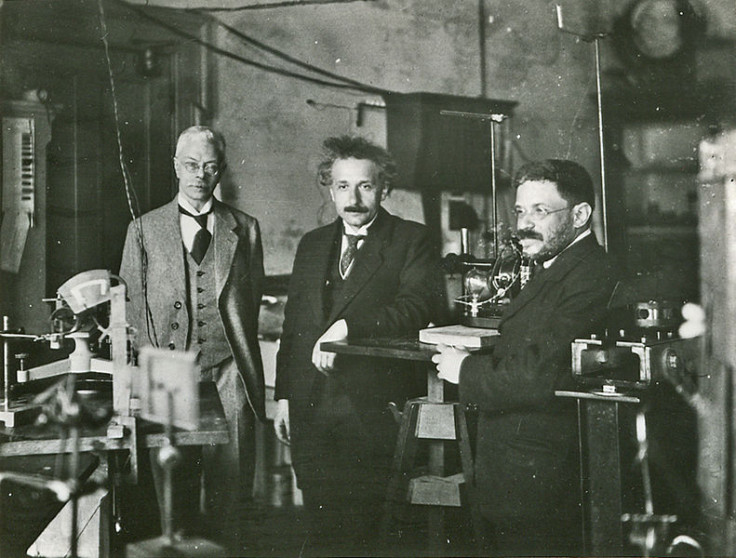Einstein's 'Spooky' Theory Could Bring Snowden's Encrypted Internet Dream to Life

Albert Einstein's "spooky" quantum mechanics theory about entangled particles that can stay connected even when separated by large distances could be applied to encrypt communications and improve security over the internet.
Edward Snowden recently said in a live video interview with SXSW that citizens need to encrypt their data so that governments cannot spy on them. He suggested that people use the TOR anonymity network, but there could be another way.
According to Associate Professor Margaret Reid from Swinburne University of Technology's Centre for Quantum and Optical Science, Einstein had reservations about quantum mechanics and together with other researchers, highlighted a phenomenon known as "spooky action at a distance" in 1935.
The phenomenon is known as the N-partite Einstein-Podolsky-Rosen (EPR) steering and over half a century later in the 1990s, scientists finally succeeded in using it to securely transmit a message from one person to another.
They created a shared quantum key that decoded the message only for the sender and receiver – meaning that the message would be completely secure from interception until it was received.
Secure messages between many parties
However, until now, the quantum key has only worked for sharing messages between two parties.
Together with researchers from Peking University, Reid has published a paper entitled, "Genuine Multipartite Einstein-Podolsky-Rosen Steering" in the journal Physical Review Letters.
"Until now the real application of this has been for messages being shared between two people securely without interception, regardless of the spatial separation between them," Reid said.
"In this paper, we give theoretical proof that such messages can be shared between more than two people and may provide unprecedented security for a future quantum Internet."
In order to send messages to more than two parties, the quantum key will have to be distributed among all the receiving parties, and all the parties would have to work together to decipher the message, otherwise it would stay encoded.
"The message will also remain secure if the devices receiving the message have been tampered with, like if an iPhone were hacked, because of the nature of Einstein's spooky entanglement," explains Reid.
"Discovering that it can be applied to a situation with more parties has the potential to create a more secure Internet – with less messages being intercepted from external parties."
© Copyright IBTimes 2025. All rights reserved.






















